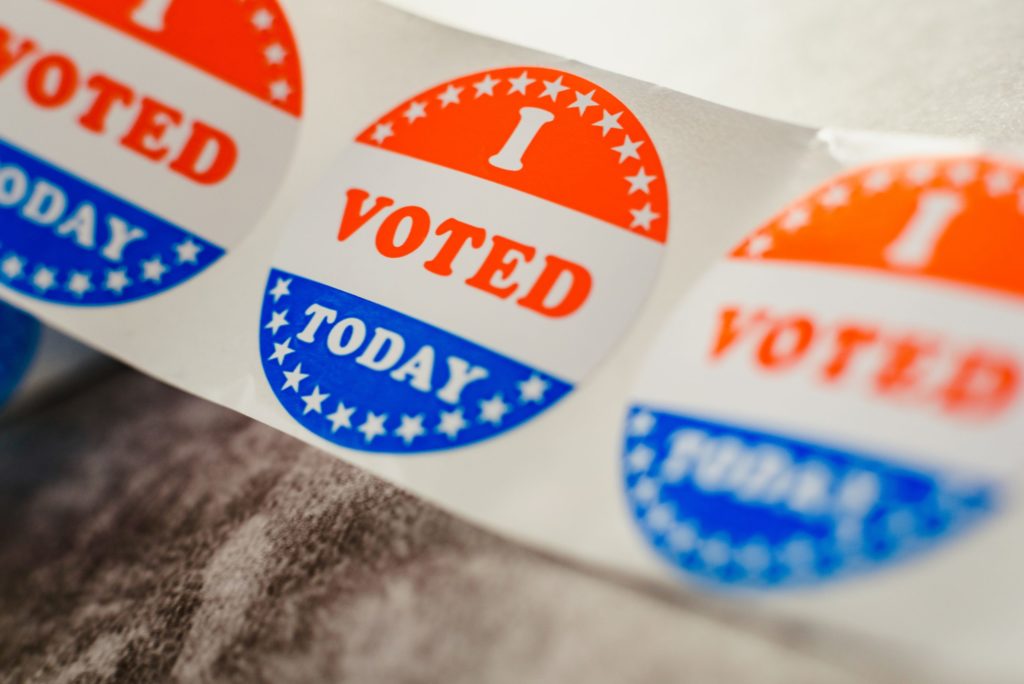Saved by Fossil Fuels
Newsom had few other choices given that — thanks to the state’s decades-long decision to drive the traditional power industry out of business while subsidizing renewables — the state is on the verge of facing widespread electrical blackouts as the summer heat stresses the grid. It’s hard to run for president if you can’t keep the lights on in the home state.
California pretends that it’s a world unto itself, but the global climate is affected by everything that happens on that globe. Obviously, importing climate-change-inducing power from other states and countries won’t help the planet, but Californians can at least take solace in knowing that its environmentally zealous officials aren’t quite ready to follow the ending from Atlas Shrugged.
As the Associated Press reported, the newly passed legislation lets the state “reimburse utilities if they have to buy extra power and add temporary power generators, including those powered by fossil fuels.” The state “would be able to build new energy storage and zero-emission generating stations” and could spend public “money buying power from coastal gas-fired plants that are set to close in 2023.”
Environmentalists are concerned, of course. “This is a carte blanche approach — you can do this and you are not accountable to anyone. No daylight, no discussion. This was too massive a policy decision to be kept behind closed doors,” environmental consultant Kim Delfino told CalMatters.
Their concern is that the rushed-through legislation exempts these projects from nearly all local and state regulations — and even cuts the anti-growth California Coastal Commission out of the equation. Whenever California really wants to build something, the first thing it does is exempt that favored project from its volumes of outdated rules and regulations. Perhaps there’s a lesson there.
The key obstacle to keeping the lights on — and to the state meeting its aggressive shift from fossil fuels to renewables — is California’s arcane regulatory process which makes it too difficult for power providers to upgrade to more environmentally friendly facilities. Instead, the state uses command-and-control rules to push companies to cut back emissions on their existing, aging plants.
At the federal level, the U.S. Supreme Court’s recent decision in West Virginia v. Environmental Protection Agency highlights this problem. The court wisely restricted the EPA from using the Clean Air Act to force transitions to alternative energy without getting additional congressional approval. That ruling has wide regulatory implications, but as my R Street Institute colleagues noted in a recent report, will have absolutely no impact on climate change.
“The West Virginia case targeted the electric power industry, where market forces have outperformed regulation,” wrote Devin Hartman and Philip Rossetti. “Mostly voluntary actions in the power market led to a 33 percent emissions cut relative to 2005 levels. The targets of President Obama’s Clean Power Plan were met a decade early, primarily as a result of market forces, not the rule itself, which was stayed six months after finalization.”
Private electricity generators are trying to transition to cleaner fuels — and they have done so much quicker than federal regulations demand. In California, however, the regulations are so stringent and inflexible that generators are stuck following the state government’s direction. And you know how well governments do at managing resources. “If you put the federal government in charge of the Sahara Desert, in five years there’d be a shortage of sand,” Milton Friedman once quipped.
As Hartman noted in another report, “Zero carbon resources comprise 90 percent of new projects in grid interconnection processes, totaling about three-quarters of the capacity of all existing power plants,” but, “Regulatory delays may slow a project by years, and only about one quarter of projects reach completion.” Furthermore, solar costs double in the United States what it costs in other developed nations because of our permitting process.
Thanks to the California Environmental Quality Act and other regulations, building anything in this state costs far more than in other states. California’s widespread blackouts in 2020 weren’t caused by a lack of commitment to renewable energy, as many environmentalists claim. It’s because the grid operator shut off the lights after lacking sufficient energy, as Cheryl LaFleur explained for the Columbia Center for Global Energy Policy.
The state lacked that energy for several reasons, she added. California has so many agencies and regulations that the “buck stops nowhere.” It generates plenty of solar power, but that power doesn’t function at night. It has “closed disfavored resources before opening the new ones” — something I attribute to putting ideological zealotry above common sense. Even though California’s energy grid is connected with the entire West, the state operates in a “silo.”
We should be relieved that California’s neighbors haven’t followed our policies, which means we have enough fossil fuel power to get us through the summer. But if Newsom and the Legislature are serious about meeting our climate goals, they should spend more time reforming our Byzantine regulations and less time lecturing the rest of the country.
Image: sasint





